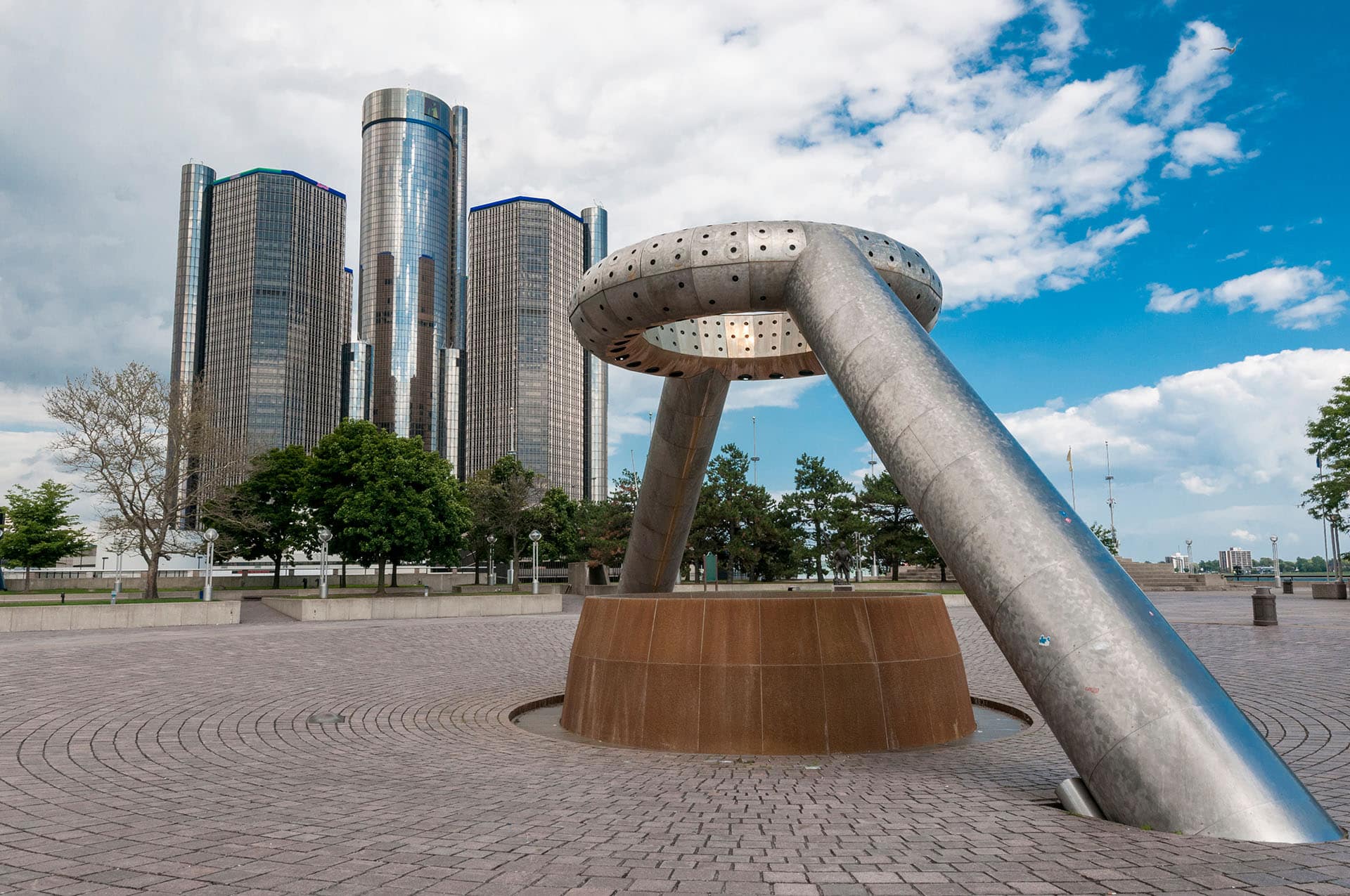
 video:
video:
Litigation Communication
Brokering a Fair Deal in the Detroit Bankruptcy
Our Client
One of the largest creditors holding Detroit municipal bonds.
The Issue
Detroit was forced into bankruptcy with $19 billion in debt. Our client had hundreds of millions of dollars at stake.
The Challenge
The politics were heavily weighed against our client. The media, politicians, judges, and pundits focused on preserving the pension benefits of retired city workers and avoiding the sale of Detroit’s assets, including its valuable art collection. Our client and other creditors were being portrayed as villains for merely requesting a seat at the table and equal representation during negotiations.
The Opportunity
Bankruptcy law was on the side of our client. All “similarly situated” creditors are guaranteed equal consideration. Sympathetic creditors do not have any advantage over unsympathetic creditors in a court of law. The media and many of the pundits had no knowledge of the law or the potential consequences of treating creditors unfairly to Detroit municipal bonds. These consequences included higher rates for future borrowing and a long, drawn-out appeals process that would delay any solution.
The Plan
We called upon the governor, the appointed bankruptcy manager, members of the state legislature, city council, and judges – while delaying settlement until our client was brought to the negotiating table.
Strategizing with the legal team, we positioned the client as unwilling to approve any Plan of Adjustment that treated our client unfairly, and we demonstrated our client had the will and resources to litigate to the bitter end.
We recruited allies to echo the message that unfairly treating financial creditors would have negative consequences for the city in the future. Minorities, government watchdogs, and taxpayer advocates advocated through op-eds in publications such as The Detroit News, Detroit Free Press, Lansing State Journal, and online publications such as The Huffington Post. Advocacy included letters and emails to legislators, advertisements, and activation of our allies’ membership groups.
At the same time, we conducted an intensive campaign to educate reporters covering bankruptcy law, conducting over ten off-the-record background briefings that included over 30 reporters, The Wall Street Journal, and other opinion columnists.
The Result
Local newspaper columnists, as well as some national experts, eventually started encouraging the city and judges to make a deal with creditors. The politicians wanted to bring what they thought was going to be a two-month process to an end, but instead, it ended up being a nine-month endeavor.
Our client was originally offered six cents on the dollar but ultimately secured a deal that would result in almost 40 cents on the dollar. The firm credited our action plan as the decisive factor in forcing this much more advantageous settlement.

